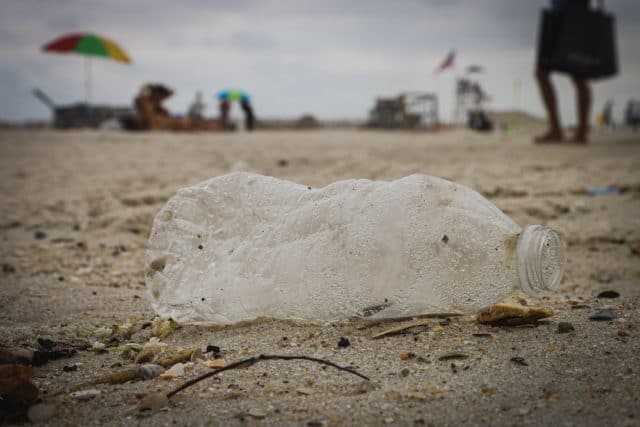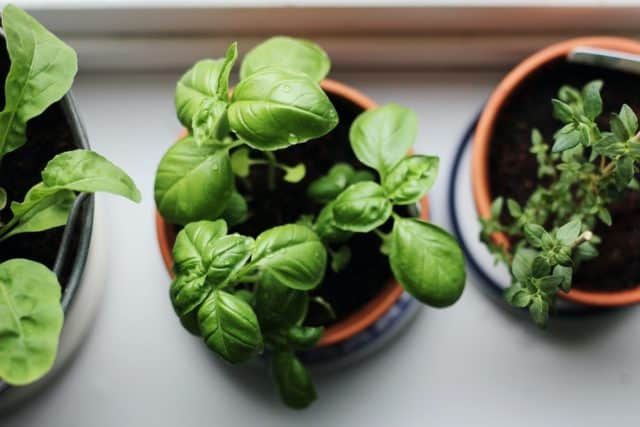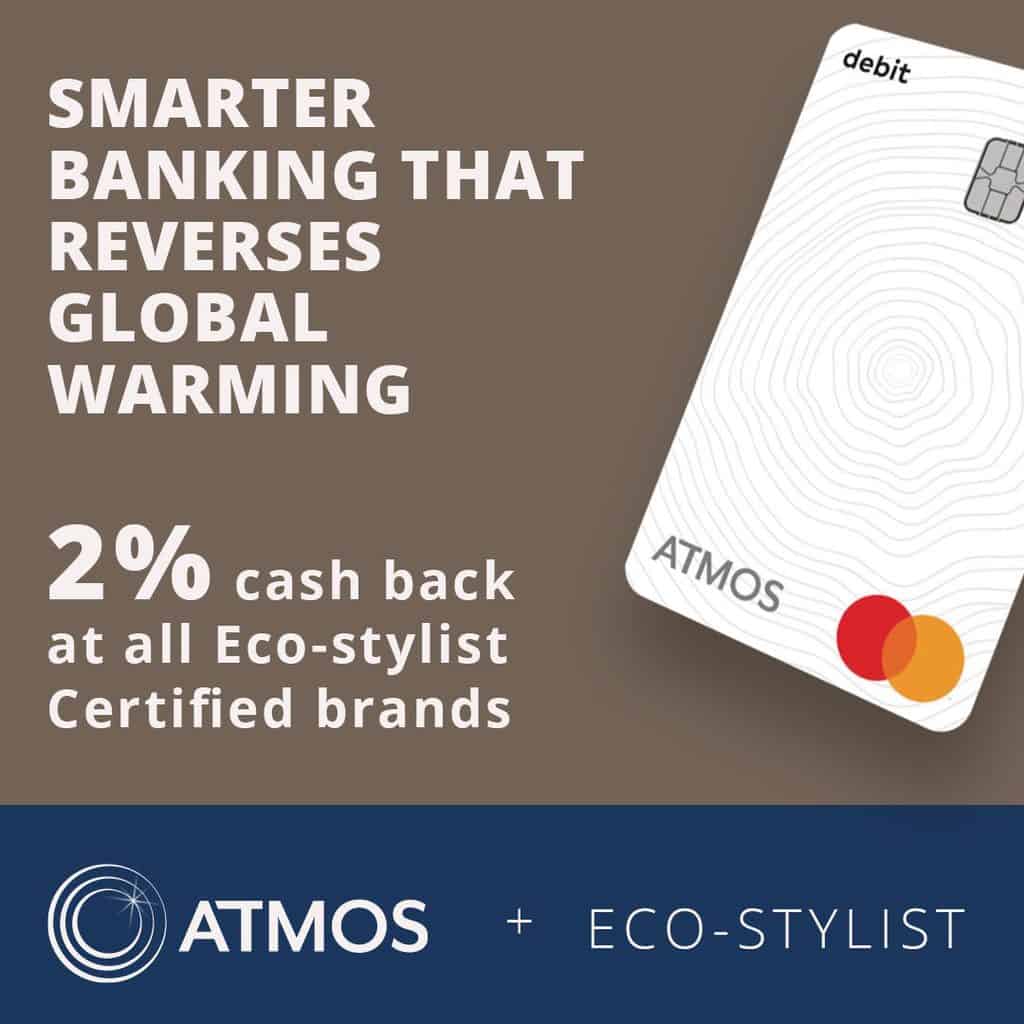Let’s start with the obvious. Before large-scale social distancing, quarantines, isolations, and lockdowns, nobody, and I mean nobody, was in desperate need to play Jenga with their toilet paper and disinfectant wipes.
Not only is hoarding unnecessary but it prevents your neighbors from having access to the supplies they need. Rather than asking if you should stock up on toilet paper, a better question might be do you need toilet paper at all? (more on this later)
When the world shifts from its status quo, you have to make some adjustments to your day-to-day and perhaps some large ones at that. You may need to provide essential services for yourself. Think about what you do in a power outage or water main break. What about a big snow storm?
While some of these scenarios may be too short-term to prepare for, nonetheless you adjust. So why not implement some of these sustainable practices today instead?
Here are 11 sustainable living hacks that will help you survive this pandemic, prepare for the next one, and reduce your environmental footprint in the process. You can even greatly reduce your reliance on toilet paper, thus protecting yourself and your family from future hoarding.
11 Sustainable Living Hacks for the Pandemic
1. Say NO to TP

This is a no brainer — mostly because you have no options. Have we all not seen the empty paper product aisles?
See ya later, toilet paper. HelloTushy offers an attachment for your toilet as well as a portable bidet for all your bathroom needs. It takes only 0.125 gallons of water to properly wash using a bidet, whereas it takes between 12 and 37 gallons of water to produce a single roll of toilet paper.
If you’re worried about the “drying off” part of using a bidet, fear not. They also sell eco-friendly toilet paper and towels made from bamboo. The plant grows and regenerates much faster than hardwood trees, a sustainable alternative to any tree-based paper product.
2. Take Shorter Showers
Most of us aren’t leaving home often for anyone to see us anyway. Now is the perfect time to go natural!
Shorter showers save water. Taking shorter showers could mean turning the water off while you soap up or washing your hair less often (which is actually better for your hair!).
According to the CDC, 9% of the world lacks access to clean water – so it’s not a resource we should be wasting!
3. Ditch Plastic Bottles

Instead of buying hundreds of bottles of water and wasting all of that plastic, invest in either a water filter for your sink faucet or a Brita style water filter pitcher. This way, you can enjoy a nice glass of ice water without leaving more of a footprint on the world.
Even if you choose to recycle your plastic bottles, consider that only about 8 percent of all plastic actually gets recycled. Not to mention, 8 million tons of plastic end up in the ocean each year. The best option is to not use plastic if you don’t have to.
During emergent situations, the first thing empty on the shelves (aside from toilet paper) tends to be water! In addition to a filter, it may be a good idea to also have a way to purify water so that no matter the situation, you can still enjoy water, the most vital resource for human life!
BONUS: while you’re at it, get yourself a reusable water bottle. This way you are able to take your filtered water on the go!
4. Do Less Laundry
Did you know that ⅔ of the environmental impact from clothing happens post-purchase? Most of this comes from doing laundry.
Limiting your laundry loads can save you lots of water and money! About 41 gallons of water is used in the typical washing machine load.
You can reduce your impact by 90% by simply choosing to wash your clothes with cold water rather than hot, and doing so can save you over $40 a year! A couple extra tips to save water and energy include skipping the extra rinse option and hanging your clothes to dry rather than using the dryer.
Another way to limit the amount of laundry loads you do is to rewear your clothes. For example, jeans can be worn many times before they need to be washed, and Eco-Stylist offers a t-shirt that can be worn for a week before needing to be thrown in the wash.
5. Wash Your Hands!

Bet you didn’t see that one coming. Soap and water will do the trick.
Soap and water inactivate viruses — allowing you and your loved ones to avoid disease and flatten the curve. To lessen your plastic dependence, try purchasing hand soap in bulk and either reusing your old dispensers or filling up a glass dispenser.
6. Polish Up Your Sewing Skills
If you know how to sew, now is your time to shine. You’ve probably heard that stores and hospitals currently have a shortage of protective face masks.
If you would like to protect yourself when going out for essential groceries or prescriptions, and are unable to get your hands on them, there are plenty of patterns online to make them at home with old t-shirts and fabric scraps. Not to mention, this is much better for the Earth since the masks can be washed and reused!
The ability to mend your clothes in case something happens to them is also super helpful and reduces wasting of clothing (a.k.a if your shirt button pops off because of what is known as the “Quarantine 15”). Mending lengthens the life of your clothing and saves you money since you don’t have to buy new ones as often!
Plus, actively using your clothes for as little as nine extra months can reduce carbon, water, and waste footprints by around 20-30% each.
7. Grow Your Own Food

In emergent situations, water and food are pretty much the essentials. Plant food in your house – even just a pot or two in your apartment.
You can grow avocados, tomatoes, lemons, peppers, and plenty more tasty foods. If you don’t have the extra space for potted plants, you could start a mini hydroponics garden. This is basically growing plants with water and nutrients, minus the soil. You can easily find instructions on how to start your no-soil garden and starter kits typically range from $50-300.
8. Turn Your Old T-Shirts into Rags
Oh, you already have those? Perfect because you’re going to need them.
In order to avoid droplets, consider wiping down grocery packages or handles of common surfaces in your home. Rags can be used in place of disposable wipes by adding some disinfectant spray.
Then, you can throw them in the wash and reuse them rather than going through who-knows-how-many wipes per day. You can also make your own disinfectant spray with just rubbing alcohol, hydrogen peroxide, and some essential oils.
9. Build a More Sustainable Wardrobe

Quarantine is no time for fast fashion. You need quality clothes that will last — especially in the turbulent weather of spring.
Start to build a more sustainable wardrobe. We have a few sustainable brands for you, all checked using our sustainable brand criteria.
10. Start a Compost Bin
A great way to move closer to a zero-waste lifestyle is to start a compost bin in your backyard or home. You can throw food scraps, napkins, yard waste, and more into the bin, and eventually you’ll end up with nutrient-filled material. This is especially important right now to help your plants (aka food source) grow.
If you do not want or need to use the resulting compost, you can find a pickup service near you. CompostNow provides a bin and weekly pickup for about $30/month.
11. Don’t Live Without Coffee

If you’re like us, you’d be less than pleased to find out you can’t make coffee because of an emergent situation or a power outage. It’s like they say in every airline safety video, “before you help others, you must first help yourself.”
Why not be prepared for that worst case scenario? With a french press and a manual grinder you can make coffee without electricity, and you’ll save the planet by skipping the disposable filters or k-cups. Plus you’ll safeguard your friends from experiencing you minus the coffee.
Less Can Be More
Since an event of this nature and at this magnitude hasn’t occurred in some of our lifetimes, this is a learning process for everyone. With non-essential establishments closing their doors, we are all learning how to live with less and make what we have stretch further.
We must give up many of the things that we enjoy doing: eating out, shopping, watching movies in theaters, and going to the gym. However, this is a great opportunity for us to find new hobbies, start exercise routines we can do at home (like yoga), delve into some self-care and relaxation time, and well, learn.
Ivy League schools are offering almost 500 online classes for free. The subjects range from computer science to business to art. We recommend Yale’s The Science of Well Being course. There is truly something for everyone and remember: Knowledge is power!
BONUS: Fill your free time (and brain!) with information about the environment by watching eco films. These 4 documentaries are sure to engage your mind!
Important Takeaways
There are plenty of ways to live sustainably during these strange times of stay-at-home orders and round-the-clock cleaning. However, we hope you will notice that a lot of it goes back to the well-known three R’s mantra: reduce, reuse, and recycle. Being prepared and self-sufficient actually means being environmentally conscious, too.
It’s important to sustain not only the environment and economy, but also ourselves. This can be done by practicing hobbies, working from home, keeping active, and spending quality time with your housemates.
Remember that the stores don’t have enough food for every single me, you, or them to stock up for a month at a time, so shop as you normally would — get the essentials and have faith they will be there next time you need them.
Let’s come out of this smarter and stronger. Until then, stay home!
Eco-Stylist is reader-supported. If you make a purchase using our links, we may earn a commission. We only feature fashion brands that pass our sustainable brand criteria. Learn more here.

Kaitlyn is a content writer at Eco-Stylist. She studies Sustainability Science at the University of Iowa. Kaitlyn also loves thrift shopping, listening to Harry Styles, and running her online Depop shop.










